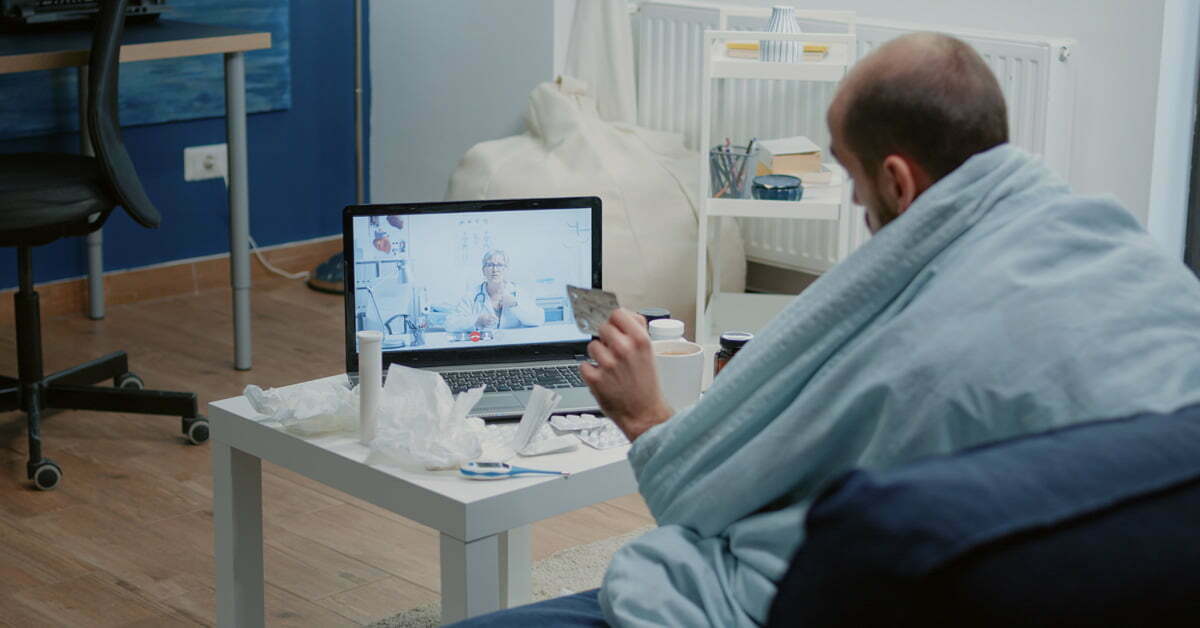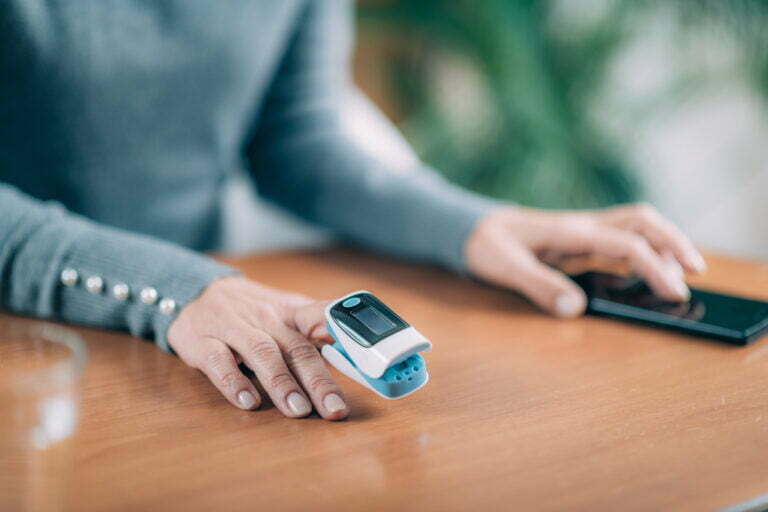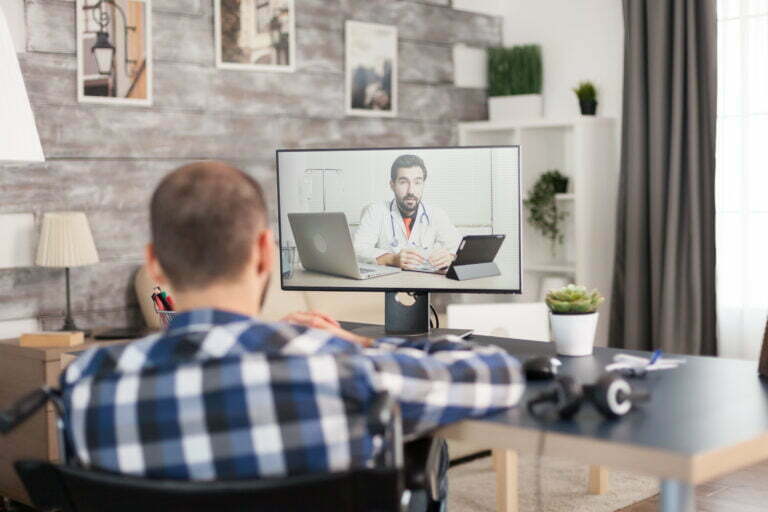Ensuring that veterans have access to quality care is one way of honoring the heroic actions and sacrifices they have made for our country. With this, the US government is leading the way with new technology that allows veterans to get health care from anywhere and at any time through telehealth and telemedicine.
According to the U.S. Census Bureau, there were more than 17 million veterans in the United States in 2019, and a significant portion of this population suffers from mental and physical health issues.
With telehealth and telemedicine, US military veterans may be afforded continuous quality care. Here are four ways veterans may utilize telehealth and telemedicine to receive care in 2022.
1. Telehealth for Preventive Care
Prevention is always better than the cure. This notion still holds true despite the advancements in cures and medicines. Preventive healthcare is the best way to live a healthy life because it is vital to get an early diagnosis rather than suffer the complications later. It will help you detect early signs of health issues and treat them before they get worse.
Further, it is way cheaper to practice preventive care than to pay for treatment that costs a lot of money and requires a lot of time and effort. As such, telehealth, as part of preventive care, empowers veterans’ health to be monitored continuously to prevent risks or complications from happening. When veterans use telehealth, they can be sure that serious health problems can be found early and that complications can be avoided.
2. Virtual Check-ups
When the pandemic struck in 2019, most patients did not have their regular check-up due to travel restrictions and a stay-at-home mandates from the government. Healthcare providers turned to virtual check-ups to continuously provide care to their patients. Today, as everything is returning to normal, it seems that virtual check-ups are here to stay.
Patients, especially our veterans, are utilizing their own smart phones or tablets to communicate with their healthcare providers. Definitely, surgeries and major health concerns are done in the hospital. However, follow-up visits and discussion of test results and treatment plans, and even adjustments thereto, can be made virtually. With virtual check-ups, veteran patients do not need to travel to the hospital or clinic just to have their routine or follow-up visits.
3. Health and Wellness Management
With telehealth, healthcare providers can monitor and manage their veteran patients without confining them to the hospital. With telehealth and telemedicine, veteran patients get to enjoy the comforts of their home and the presence of their family members while receiving quality care. Here are some lists of health and wellness management options available for veterans.
a. Remote Cardiovascular Monitoring
In the United States, over 6.2 million suffer from heart disease.[1] Included in these numbers are our veterans.
In order to extend help to our veterans, the government plans to utilize Remote Patient Monitoring – Home Telehealth (RPM–HT) which will support cardiology and pharmacy staff by optimizing care for Veterans with heart failure.
Veterans enrolled in RPM–HT receive connected medical devices to measure and monitor their weight, blood pressure, and heart rate. The health data collected are transmitted to a secured database, which can be accessed by their providers. As such, Veterans’ heart health is monitored 24/7.
b. Mental Health Monitoring
The experience of war has a lasting impact on the health of veterans. The government and the healthcare industry are showing concern for veterans’ and service members’ mental health. PTSD and depression are two of the most publicized mental health problems that veterans must deal with. In fact, according to a study, about 14% to 16% of US service members who have been to Afghanistan and Iraq have PTSD or depression.[2] Mental health such as PTSD, depression, and other issues such as suicide, traumatic brain injury (TBI), substance abuse, and interpersonal violence are very alarming as these have a big impact on the people who work with them as well as their families.
To support the mental health wellness of US military veterans after their service, veterans are screened and treated for these mental health issues and continuous care is given to them through telehealth by combining real-time, interactive virtual visits with therapists and other resources. With this, veterans receive mental care even without being confined to mental institutions.
c. Weight Loss Management
In 2014, the VA said that 78 percent of Veterans were either overweight or obese.[3] Obesity is a complicated and chronic health issue due to a lot of things, including behavior and genetics. Such behaviors can include eating habits, physical activities, and medication being taken.
To help veterans lose weight and prevent complications such as diabetes and hypertension, healthcare providers can utilize telehealth and telemedicine technologies to monitor and track their weight loss journey. By measuring their weight and other relevant body parameters, veterans’ progress is monitored continuously and remotely. Hence, if the weight loss plan does not work, care providers can make changes immediately without the need to travel back and forth to the clinic.
4. Health Education and Guidelines
Telehealth and telemedicine are not limited to virtual care but also include health education for our veteran patients. Telehealth and telemedicine provide general guidelines and education on how to maintain a healthy lifestyle. With education and these guidelines, healthcare providers not only keep track of their veteran patients but also educate them on how to maintain a healthy mind and body.
Takeaway
Many different health care providers have turned to telehealth and telemedicine as methods to provide care not only to veterans but also to the millions of patients who are suffering from various illnesses.
References:
- CDC. (2020, September 8). Heart Failure. Centers for Disease Control and Prevention. https://www.cdc.gov/heartdisease/heart_failure.htm
- Inoue, C., Shawler, E., Jordan, C. H., & Jackson, C. A. (2021). Veteran and Military Mental Health Issues. PubMed; StatPearls Publishing. https://www.ncbi.nlm.nih.gov/books/NBK572092/
- Screening and Management of Overweight and Obesity. Retrieved from https://www.healthquality.va.gov/guidelines/CD/obesity/OBESUMC20150106.pdf








